8 Interesting Circular Saw Facts (With Pictures)
-
Pete Ortiz
- Last updated:
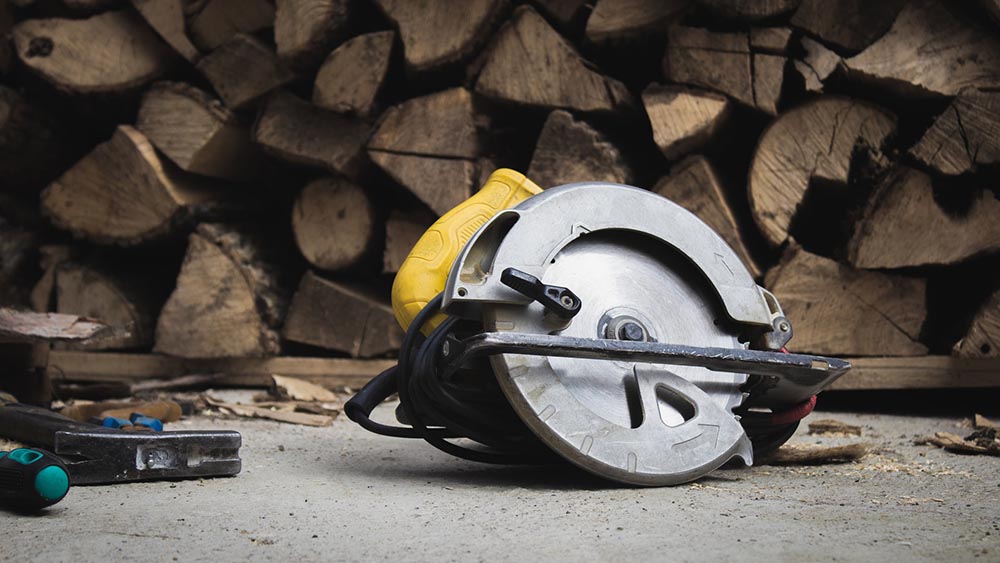
Circular saws are known as must-have utilitarian workhorses in the world of home improvement and general construction. Their biggest function is to make quick and easy cuts in a perfectly straight line on pieces of wood, PVC, concrete, or metal using a motorized blade.
They’re fairly simple to operate and can be used by novices looking to do their own home repairs. You simply hold the handle of the saw as it lays on the lumber, all while pushing it forward and simultaneously squeezing the trigger.
But did you know that there are several different types of circular saws? Well, there are. And each one has its own specific specialty and attributes. In this post we’re going to go over the most common ones and their uses as well as some interesting features about them.
So, if you’re new to the world of home building or construction and looking to purchase your very first circular saw, you’ve come to the right place to get familiarized with their capabilities and designs.
The 8 Interesting Circular Saw Facts
1. Sidewinder or “Traditional” Circular Saw
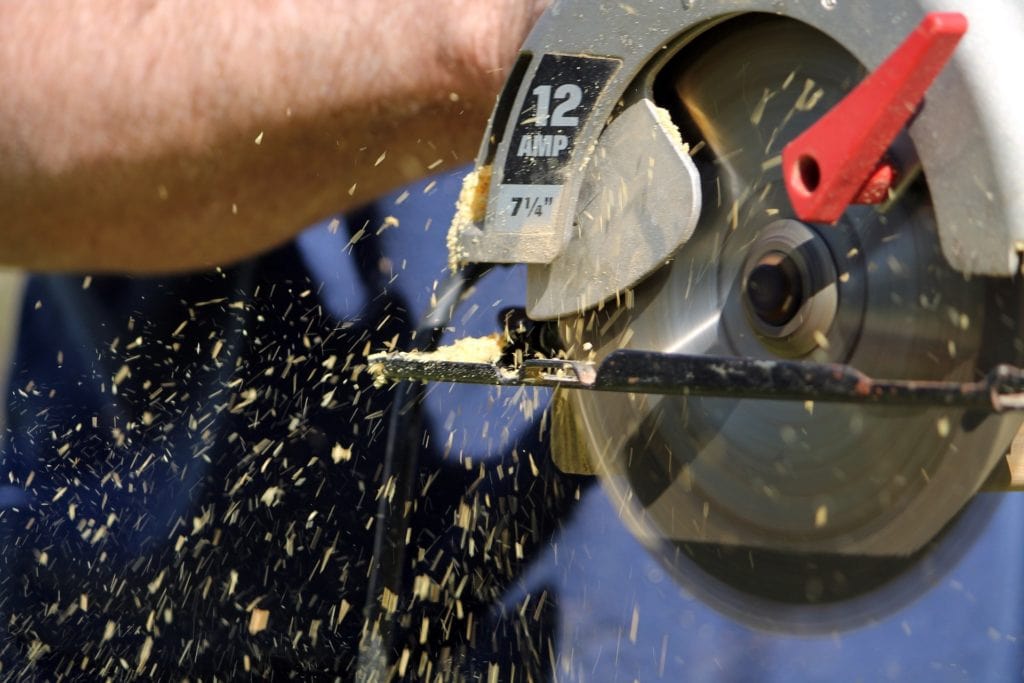
This is probably the most commonly used type of circular saw. Not only is it simple in its approach, but it can be used for a number of different job types–especially when you’re cutting lumbar.
These small, portable circular saws have small motors mounted to the left side of the blade. They turn the shaft around it directly. Sidewinder circular saws don’t have many moving parts, and they’re super-efficient when it comes to time because the blade moves very quickly.
These saws are usually corded or powered by lithium-ion batteries. Sidewinder circular saws work best for making rip cuts and sharp angles.
2. Miter Saws
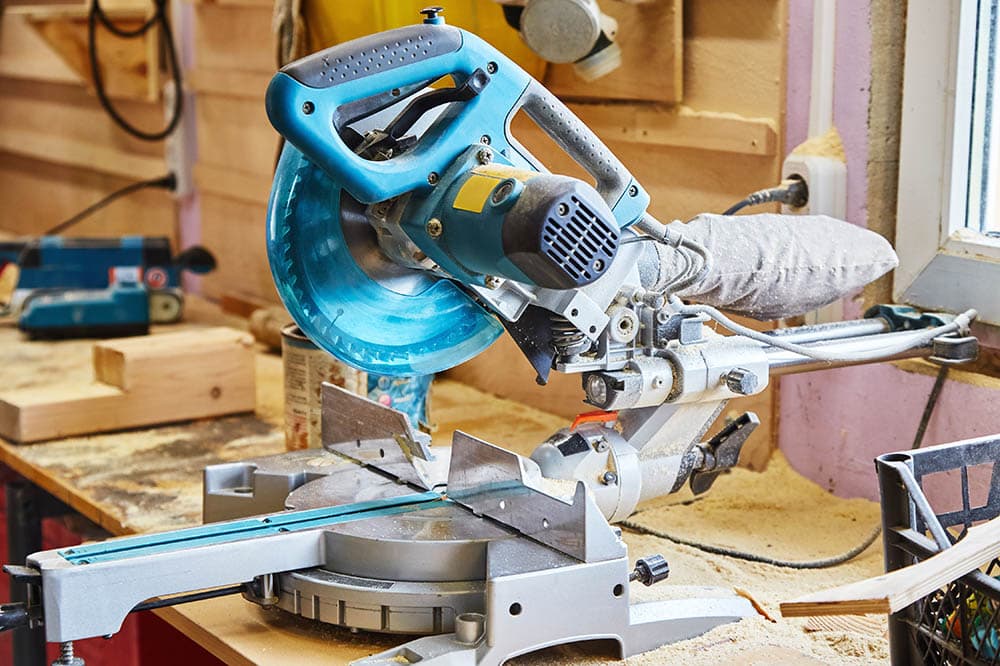
Miter saws are probably the second most commonly used circular saws. Their versatility makes them a go-to saw in both home improvement and commercial construction jobs. There are many models of the miter saw, including the sliding miter, compound, and dual compound sliding saw.
Each saw version has its own unique functionality and uses. Miter saws can be used for angled crosscuts and regular cross cuts as well as bevel cuts and rounded edges. These handy saws are portable, powerful, easy to use, versatile, and can do a lot of different cuts on the fly.
Miter saws can also be used to quickly cut multiple pieces of lumber to the same size within a matter of seconds. The miter saw’s main drawback is its high price tag which can reach up to $500 or more.
3. Chop Saws

The chop saw gets its name from its design, which allows it to be raised and lowered to cut pieces on a flat surface. Think of it as a circular saw on a lever, similar to a commercial paper cutter. It’s actually a combination of a miter saw and sidewinder circular saw.
Unlike other saws, this saw has a dense, hard blade with no teeth. It actually looks more like a grinding blade on an oscillating multitool, than a saw blade.
It has a flat blade, similar to a pizza cutter, and can help you get through large numbers of lumber in no time. Chop saws can be used handheld or attached to a base and a radial arm, making them one of the most versatile circular saws that you can find.
These saws are equipped with special blades which can be used to cut things such as tile, wood, concrete, asphalt, and metal.
4. Concrete Saws
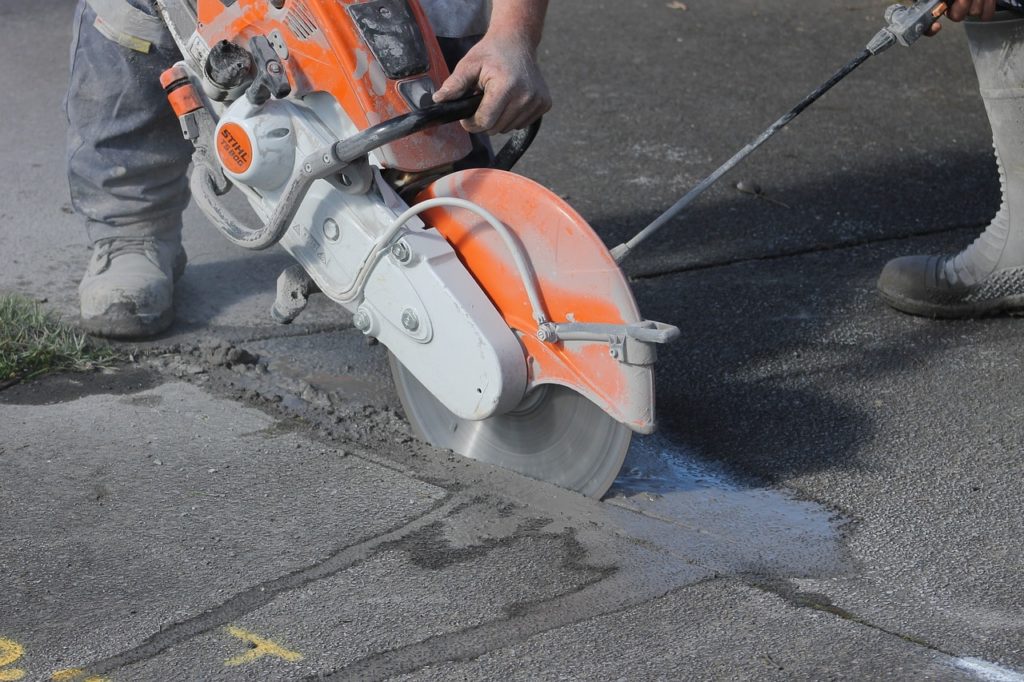
Concrete saws are usually used for commercial building projects. The concrete saw is another type of circular saw you should be familiar with. They’re typically very large and have circular blades with beveled edges.
They use either extremely hard carbide or diamond blades to cut through concrete and asphalt. These saws are typically equipped with a water-cooling system to spray water onto the blade to reduce friction and heat. They have many advantages, including the ability to run on gas or electric power, and being able to cut through tough, hard materials.
However, their main disadvantages include being heavy and large (simply holding one takes a lot of strength), overheating easily, and being very expensive. Small concrete saws can start as low as $160, but most generally range anywhere from $1,200 to $5,000.
5. Worm Drive Circular Saw
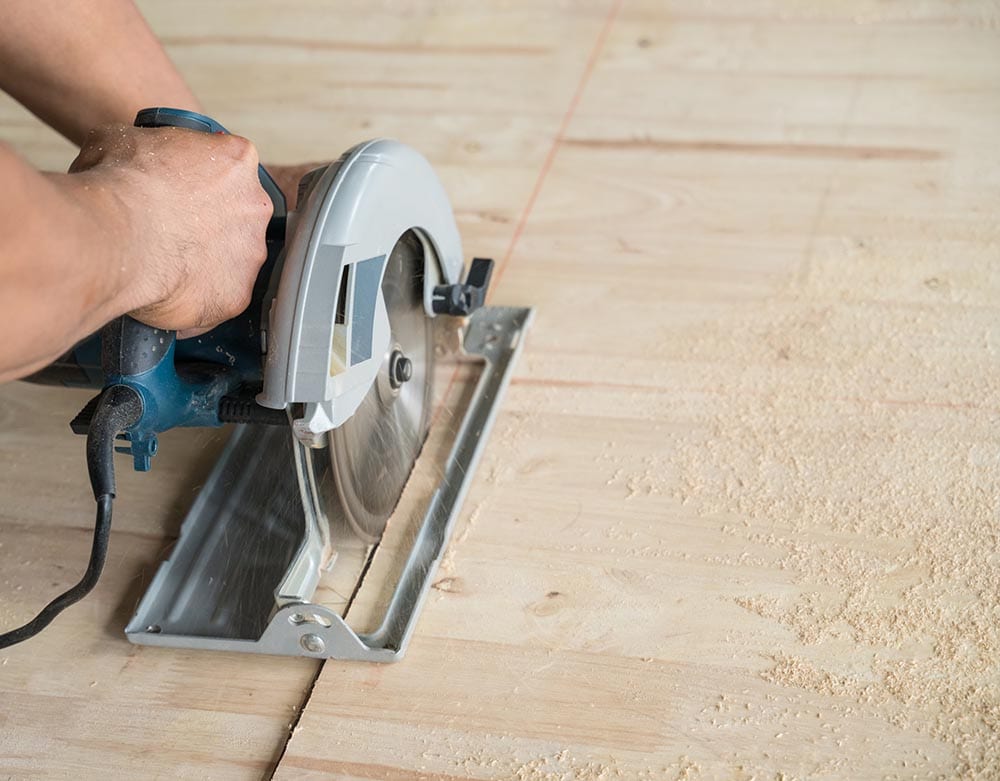
And next, we have the worm drive circular saw, which is also used for concrete jobs, so you’ll typically find it on commercial building projects as well. The worm drive circular saw has a motor mounted behind the blade, and it’s connected to it via a series of gears.
This is why worm drive circular saws have more power and torque than your traditional or sidewinder saw. Worm drive circular saws are extremely durable and powerful, with the ability to cut through dense and hard materials (such as asphalt and aged concrete) efficiently and effectively.
These saws are also great for making miter, plunge, and crosscuts. On the downside, the saw, because of its awesome capabilities, can also be really heavy to operate and on the slow side.
6. Hypoid Circular Saw
The hypoid saw from a glance resembles a regular sidewinder circular saw, but it’s so much more. It’s more of a mix of a worm drive circular saw and a sidewinder. Just like with a worm drive circular saw, the motor is positioned right behind the blade.
Next to the blade, you’ll also see a series of beveled gears which allow you to make several different cuts on various materials. The hypoid circular saw has an “open” engine, so it’ll need to be oiled regularly to keep it from locking up.
Given the power of these saws, they’re actually fairly quiet, especially compared to worm drive saws. You can cut wet or dry wood with this saw and its biggest downside is that the motor can wear out quickly with prolonged, heavy use. On the upside, the saw is on the heavier lighter side, weighing about 8 pounds on average.
7. Biscuit Joiners
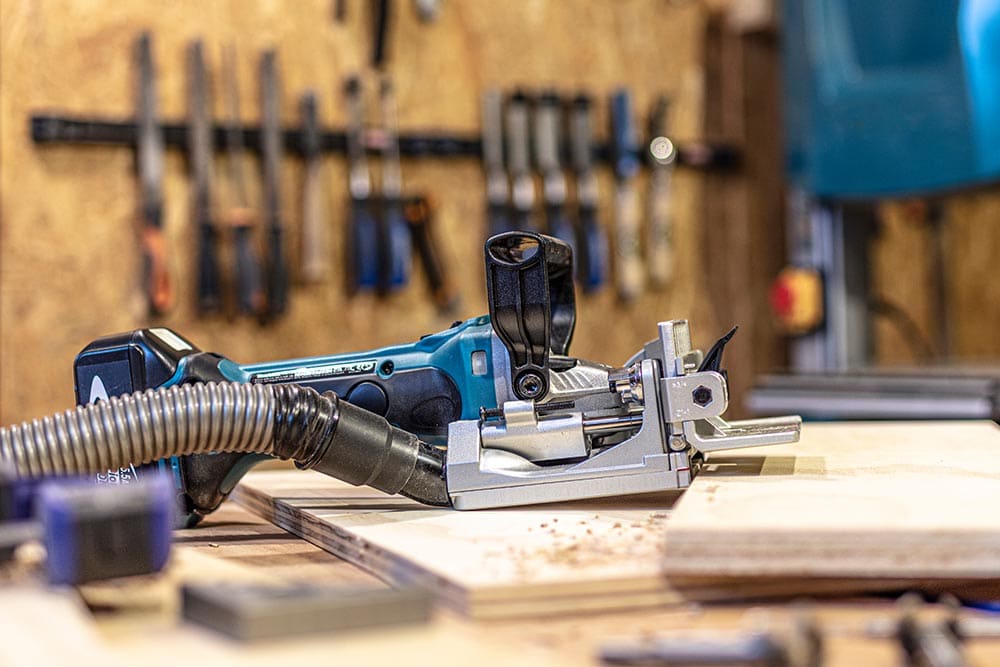
At first glance, the biscuit joiner saw doesn’t look like a circular saw, it looks like a reciprocating saw. But, this unique saw has a special purpose, which is to join two pieces of wood together, without using nail holes.
Considered a specialty saw, it allows you to cut small holes in lumber to join them together later. Doing this manually will take more time and more effort, and the biscuit joiner cuts this time down significantly. Unfortunately, this is its main selling point, as it isn’t able to make your typical straight edge or angled cut.
This explains why it’s commonly used in distinctive woodworking projects such as furniture manufacturing. Overall, the saw is fairly lightweight and easy to operate once you get an understanding of how to measure the wood properly and make the cuts.
8. Table Saws
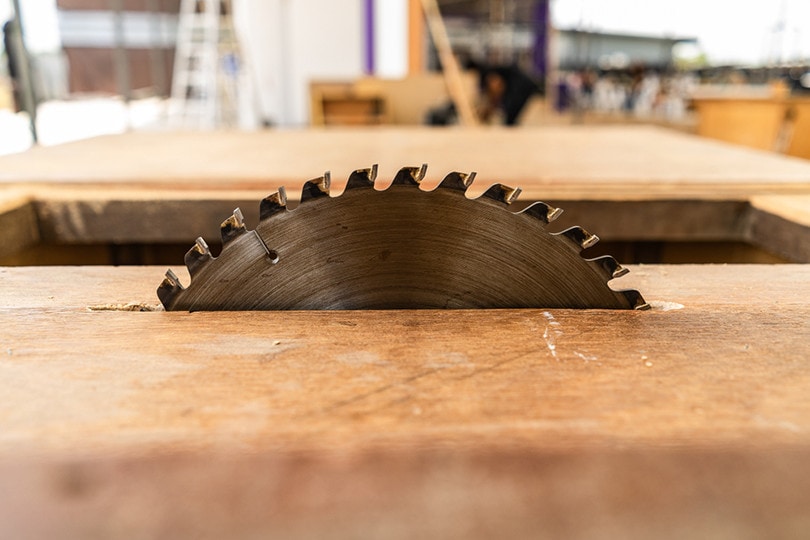
And lastly, we have the ever-popular table saw. This saw features a large stationary table and a mounted circular saw underneath. Technically, the saw is mounted upside-down which allows the saw blade to make cuts from underneath the table as wood is passed over the table.
So, instead of pushing the saw across your workpiece with a table saw, you actually push the lumber right across the blade. When you have a large number of wood pieces that need to be cut, a table saw can be your best friend.
It’s also easier to create consistent cross cuts or rips to make different sizes of wood. These saws are ideal for large projects, but it’s important to know that they are meant for stationary large-scale projects, as they are large, expensive, and heavy.
Wrapping Up
So these are the most popular types of circular saws on the market. They each have their own interesting and unique features and uses, so before you start your project, it’s best to understand the type of cutting that you’ll be doing and the materials that you will be using.
With this knowledge you can then determine which circular saw will be best for the job. And keep in mind that many of these saws can be used for various applications, so if you have a wide range of lumbar projects to do, popular saws such as the sidewinder or the miter may be the best fit. These saws come in different sizes, models, and price ranges to suit almost any budget.
Related Read: Corded vs Cordless Circular Saws: Which One’s Right for You?
Featured Image Credit: James Kovin, Unsplash
Contents




